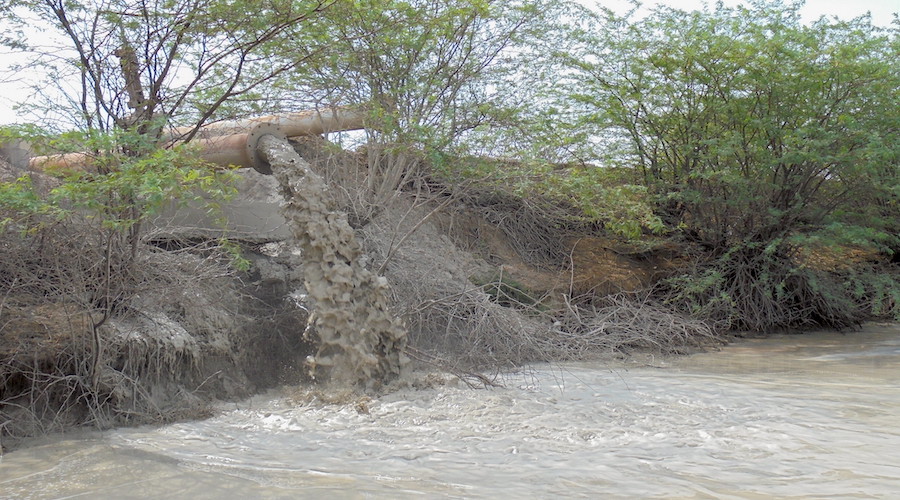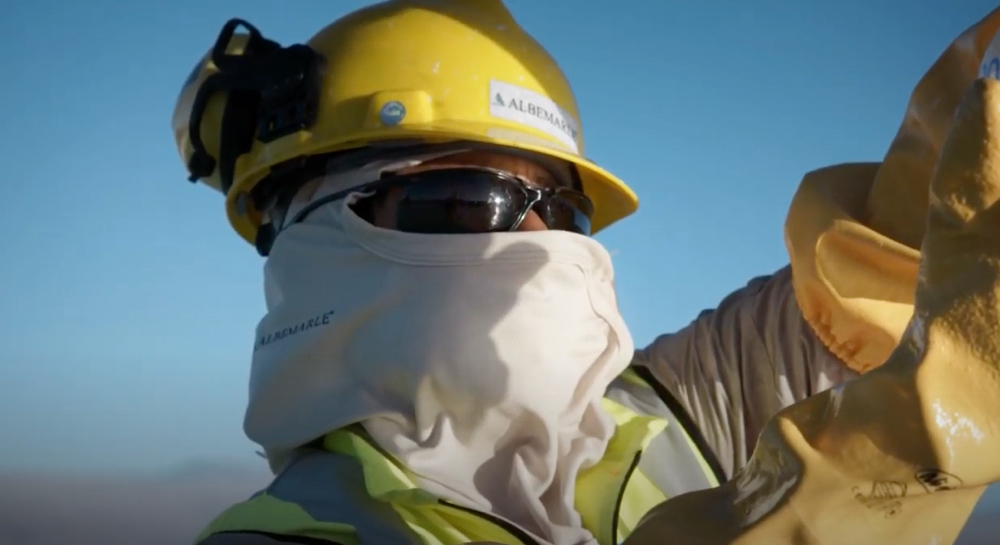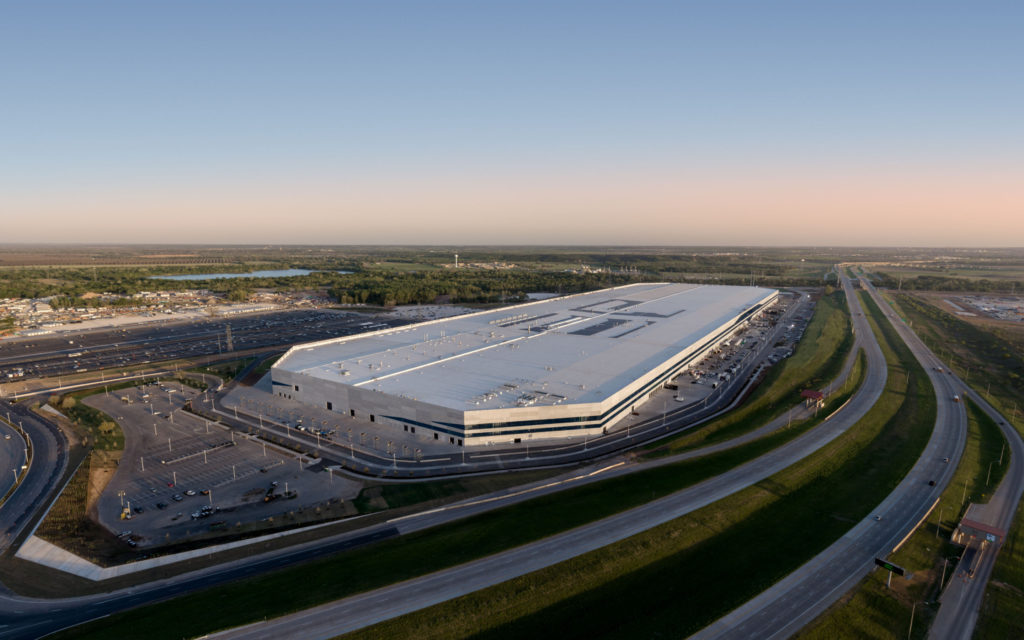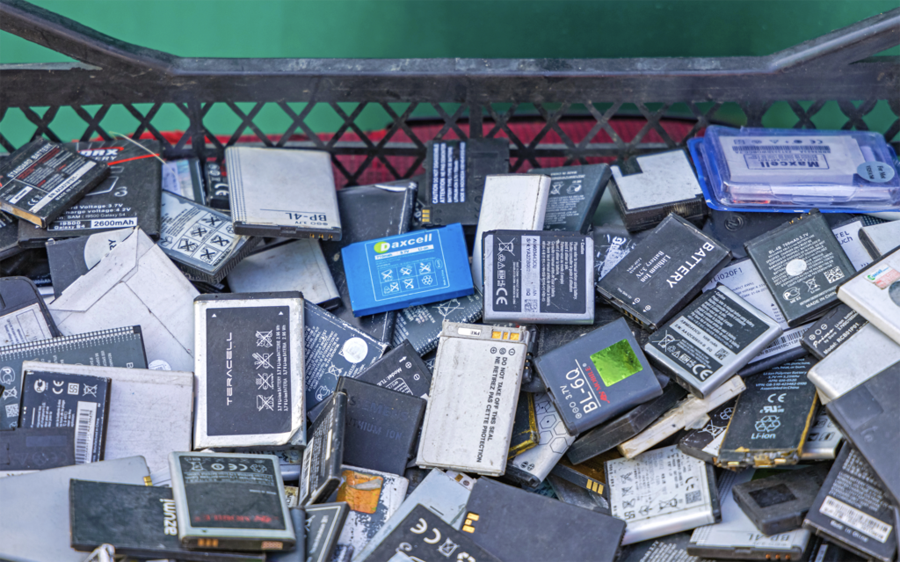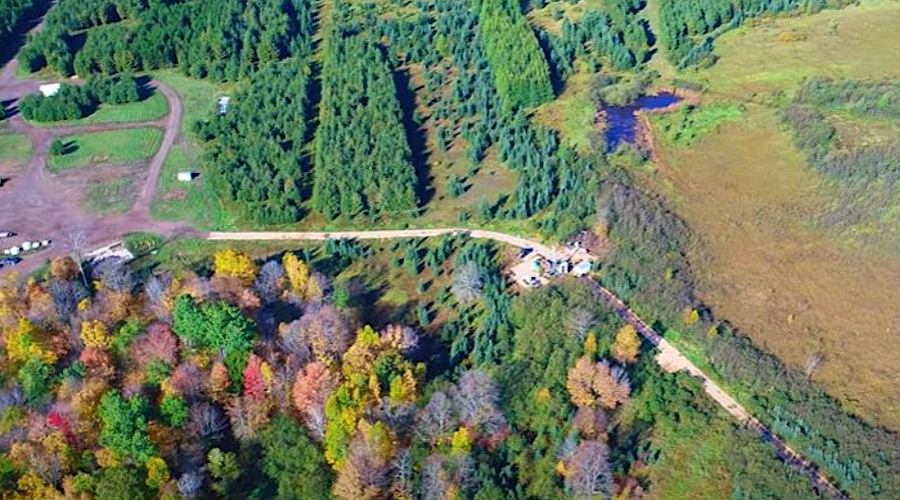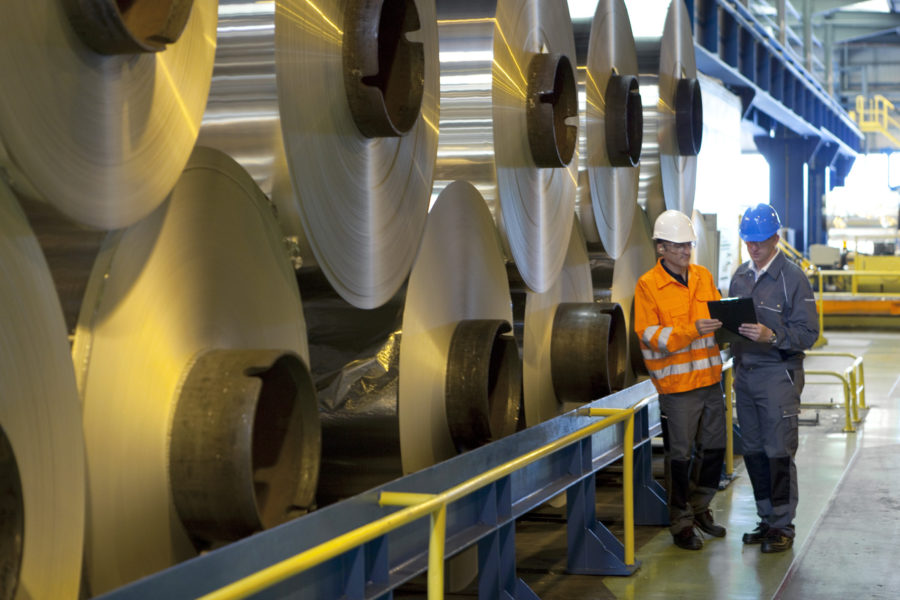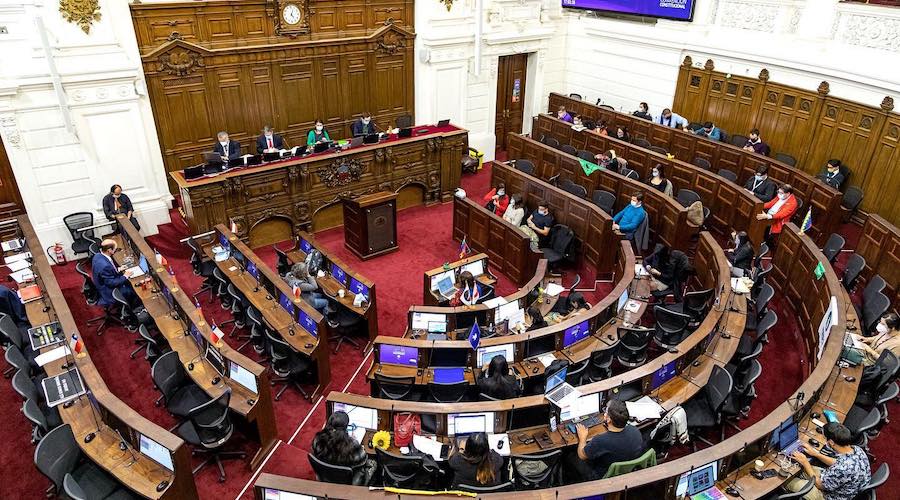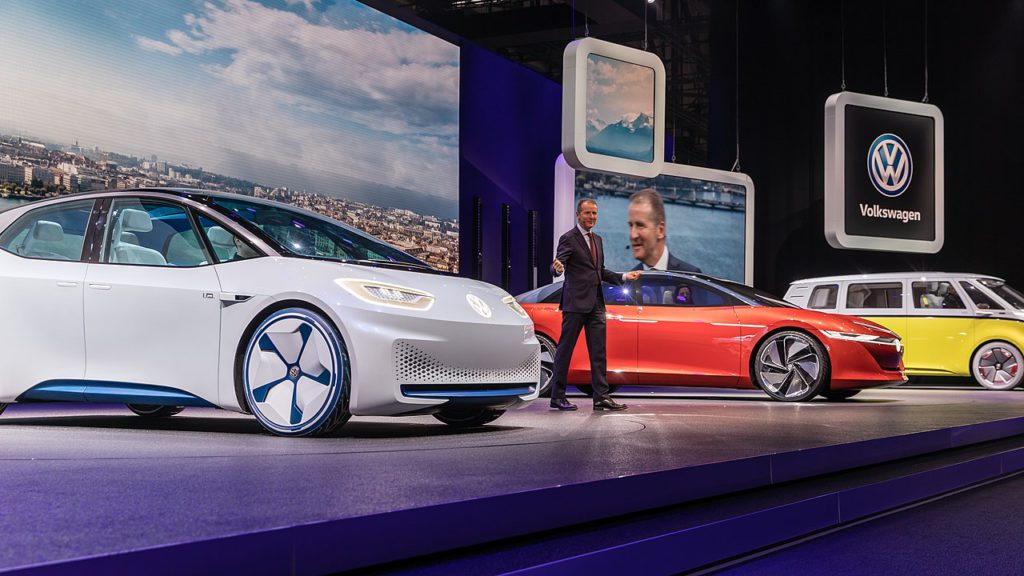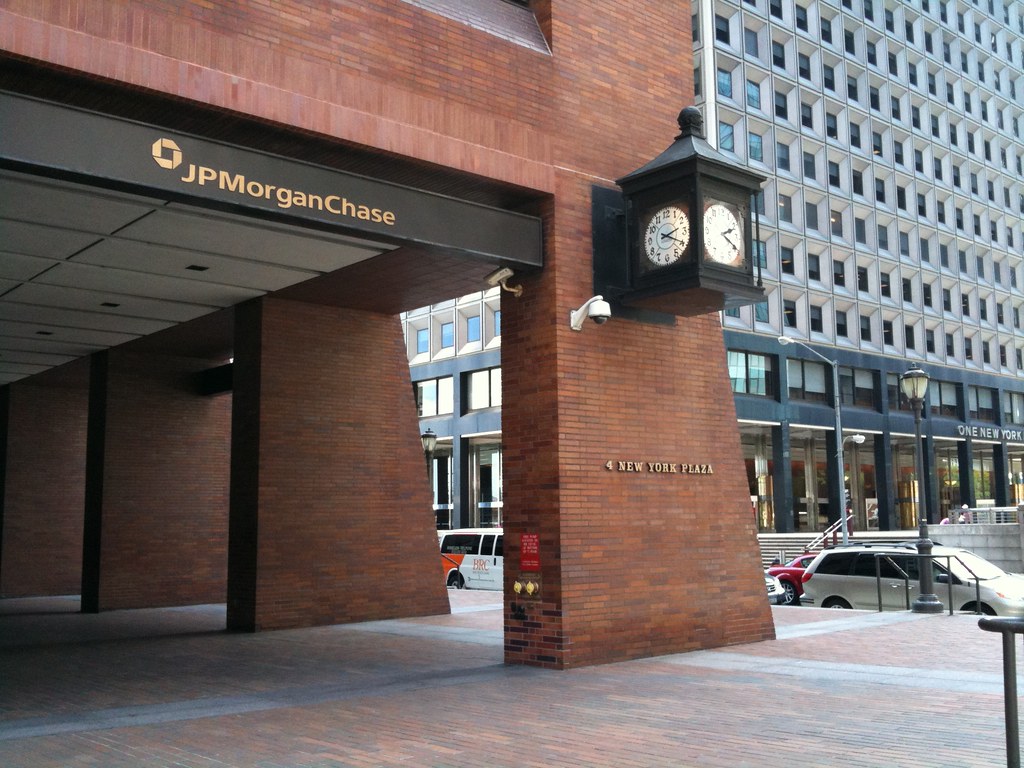GEMOLOGY
Rare pink diamond of 170 carats to go on sale this month
Bloomberg News | October 21, 2022 |
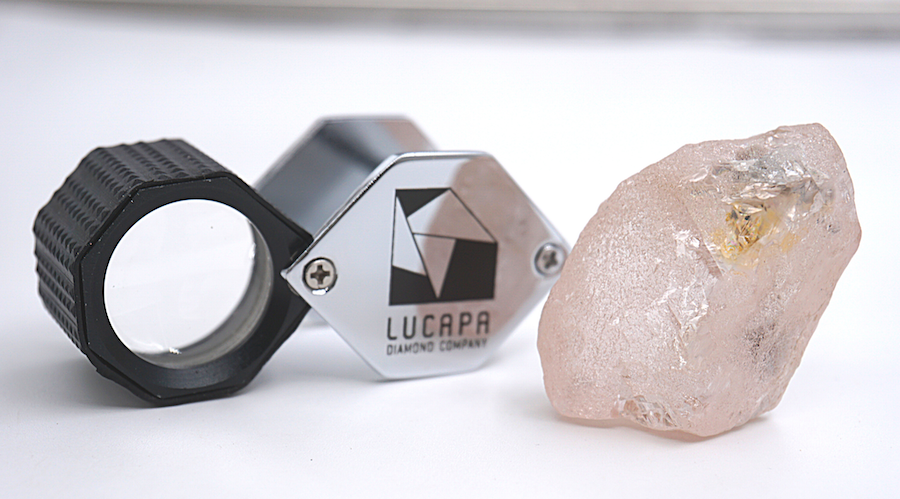
The historic Lulo Rose diamond. (Image courtesy of Lucapa Diamond.)
A rare pink diamond is among the gems that will be offered for sale by Angola’s state-owned trading firm Sodiam later this month.

The 170-carat “Lulo Rose” may be the largest recovered in the last three centuries, Australian miner Lucapa Diamond Co. said in July. It will go on sale with other rough stones exclusively to registered customers from Oct. 24 through Nov. 14, Sodiam said in an emailed statement on Friday

The gems on sale will also include three single stones weighing between 112 carats and 160 carats.
(By Candido Mendes)
Rare pink diamond of 170 carats to go on sale this month
Bloomberg News | October 21, 2022 |

The historic Lulo Rose diamond. (Image courtesy of Lucapa Diamond.)
A rare pink diamond is among the gems that will be offered for sale by Angola’s state-owned trading firm Sodiam later this month.

The 170-carat “Lulo Rose” may be the largest recovered in the last three centuries, Australian miner Lucapa Diamond Co. said in July. It will go on sale with other rough stones exclusively to registered customers from Oct. 24 through Nov. 14, Sodiam said in an emailed statement on Friday

The gems on sale will also include three single stones weighing between 112 carats and 160 carats.
(By Candido Mendes)
Bloomberg News | October 20, 2022
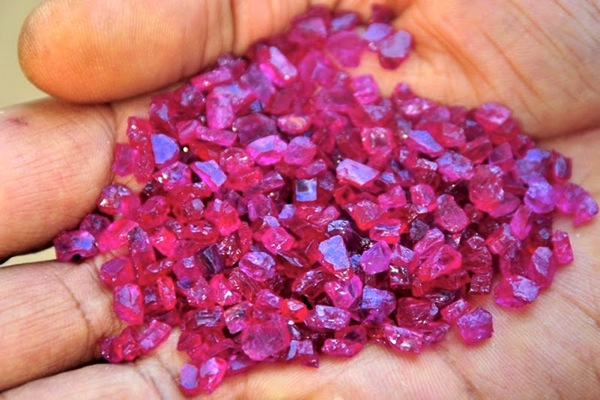
Rubies from Montepuez, located at a geologically critical junction between
the north-south trending Mozambique Belt and the east-west trending Zambezi Belt.
Shares in Gemfields Group Ltd. fell more than a fifth in Johannesburg after an attack by suspected Islamic State-linked insurgents on a ruby mine near its operations in northern Mozambique prompted the company to evacuate staff.

The raid took place on an operation 12 kilometers (7 miles) southeast of Gemfields’s 75%-owned Montepuez Ruby Mining Limitada, or MRM, early on Thursday, the company said in a statement. Its shares dropped as much as 21% — the most since Feb. 7 — and were 7.4% lower at 3.11 rand by 1:05 p.m. in Johannesburg.
Shares in Gemfields Group Ltd. fell more than a fifth in Johannesburg after an attack by suspected Islamic State-linked insurgents on a ruby mine near its operations in northern Mozambique prompted the company to evacuate staff.

The raid took place on an operation 12 kilometers (7 miles) southeast of Gemfields’s 75%-owned Montepuez Ruby Mining Limitada, or MRM, early on Thursday, the company said in a statement. Its shares dropped as much as 21% — the most since Feb. 7 — and were 7.4% lower at 3.11 rand by 1:05 p.m. in Johannesburg.
“MRM has initiated the process of evacuating operational employees and contractors, and therefore mining operations at the site have ceased,” Gemfields said. “Security personnel and Mozambique police force remain on site and Mozambique military are arriving on site.”
The attack is the latest in five years of violence in northeastern Mozambique that’s left at least 4,332 people dead and displaced almost 1 million others. The conflict in the resource-rich Cabo Delgado province has also held up natural-gas projects worth tens of billions of dollars, even as prices for the fuel soared this year as European nations scramble to find alternative supplies because of Russia’s war with Ukraine.
While foreign troops have helped improve security in over the past year, the attack on the ruby mine shows small groups are still able to target foreign-owned businesses.
The mine that came under attack is owned by Gemrock, a unit of India-based DiaColor International DMCC, according to people familiar with the matter. Details of the attack are being verified, Gemfields said.
Cabo Delgado Governor Valige Tauabo didn’t answer a call to his mobile phone and didn’t respond to a request for comment sent by text message. DiaColor didn’t respond to a request for comment sent via its website.
(By Borges Nhamire and Matthew Hill)
